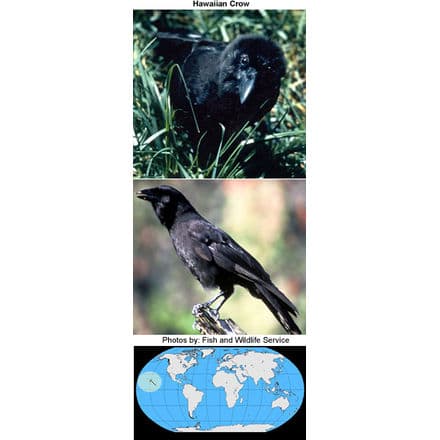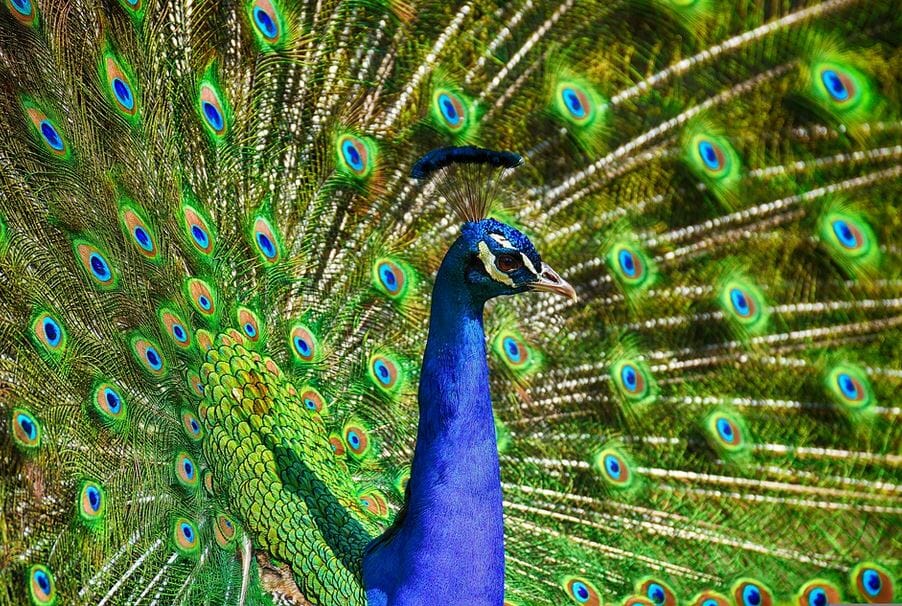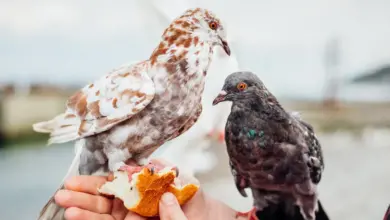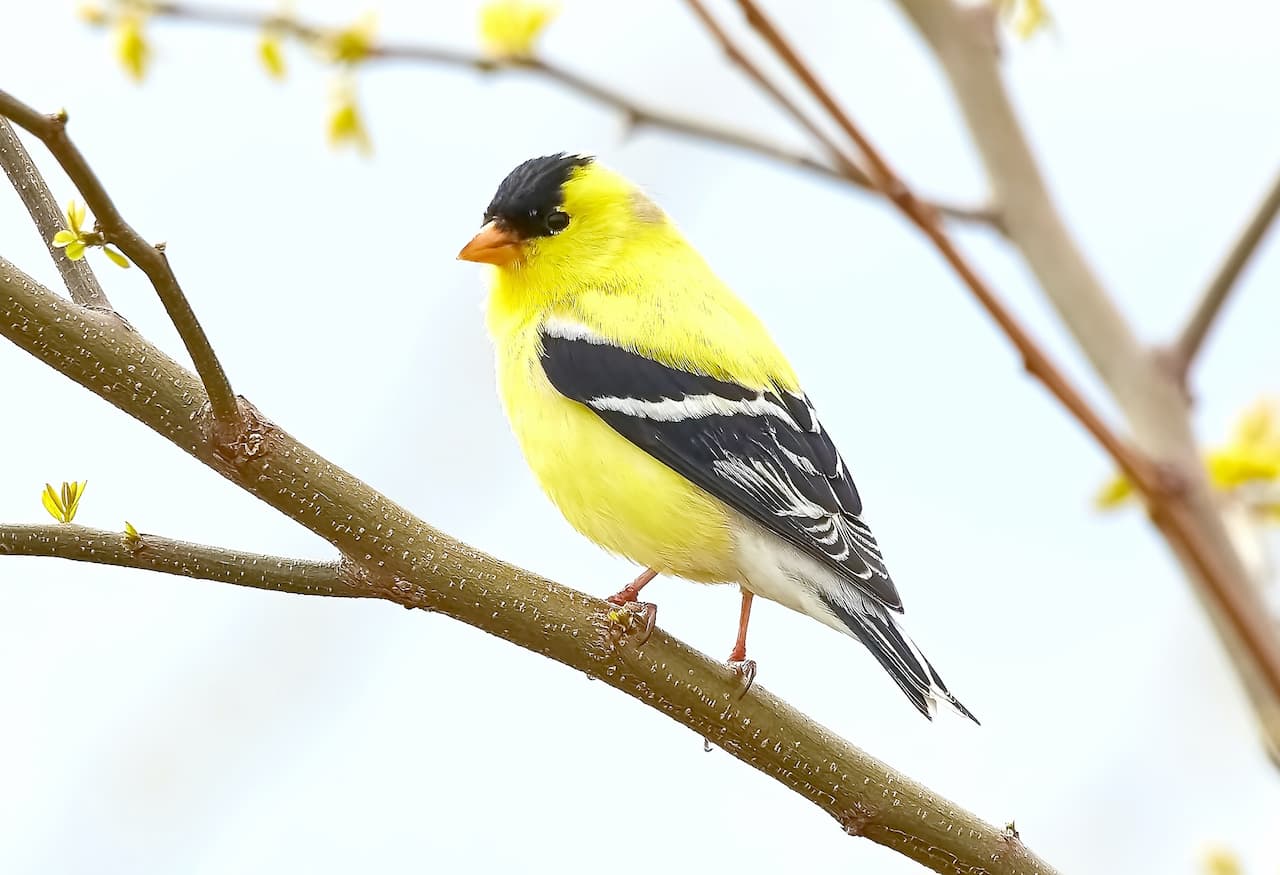Hawaiian Crows (Corvus hawaiiensis)
The Hawaiian Crow, Corvus hawaiiensis, also known as ´Alala at the Native Hawaiians, is a species of bird about the size (48-50 cm in length) of the Carrion Crow but with more rounded wings and a much thicker bill. It has soft, brownish-black plumage, with long, bristly throat feathers; the feet, legs, and bill are black.
Distribution and habitat
The species is now extinct in the wild. Prior to this, the species was only found on the island of Hawai‘i in an open park-like montane forest. However, fossil remains indicate that it previously occurred in relative abundance on all the main islands, along with two other extinct crow species.
The species is known for strong flying ability and resourcefulness, and the reasons for its extinction are not fully understood. It is thought that introduced disease was probably a significant factor in the species’ decline.
Diet
In the wild, Hawaiian Crows consumed a varied diet, including carrion, eggs and nestlings, other small creatures, fruits, and even human food and scraps. The birds were also known to pry bark off trees to uncover the insects beneath.
Nesting
The birds always nest in trees, with both males and females participating in nest construction. Nests in the wild were typically located in open woodland among a tangle of tree creepers, sometimes well away from other trees.
Females generally lay five eggs; the eggs may be incubated by either parent, with the other bird usually sitting quietly near its brooding mate.
Voice
Hawaiian Crows have a call variously described as a two-toned caw and as a screech with lower tones added, similar to a cat’s meow. They also make a ca-wak sound and a complex, burbling song, as well as various other sounds.
Conservation status
The last two known wild individuals of this species disappeared in 2002; the species is now classified as Extinct in the Wild.
While some individuals remain in captive breeding facilities, attempts to reintroduce captive-bred birds into the wild have been hampered by predation by the Hawaiian hawk or io, which is itself listed as endangered.
The small number of living individuals may mean that the gene pool has been reduced to the point that the species can no longer recover.





